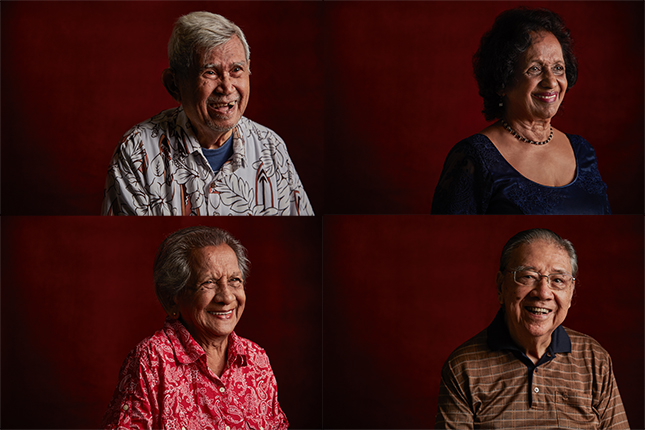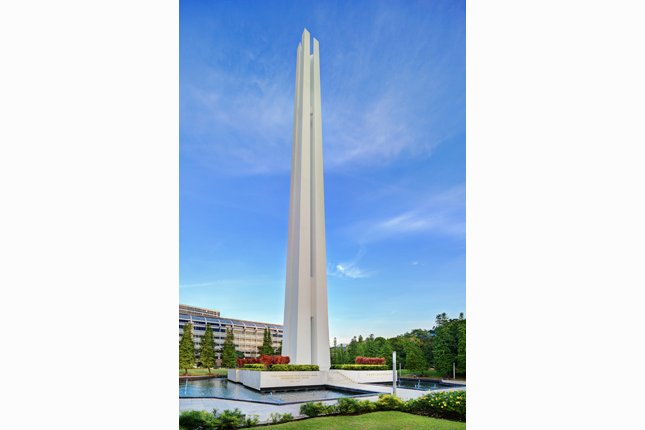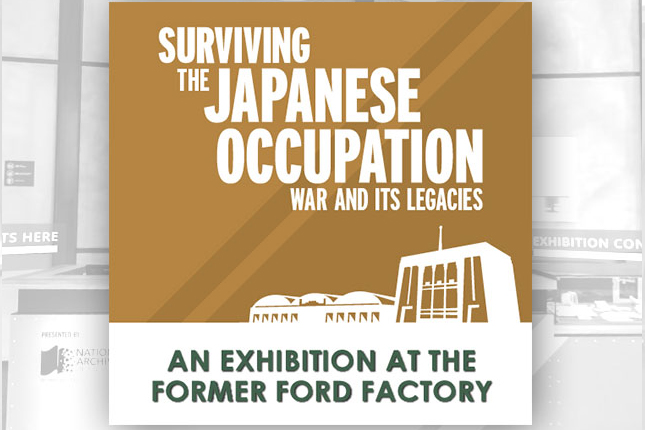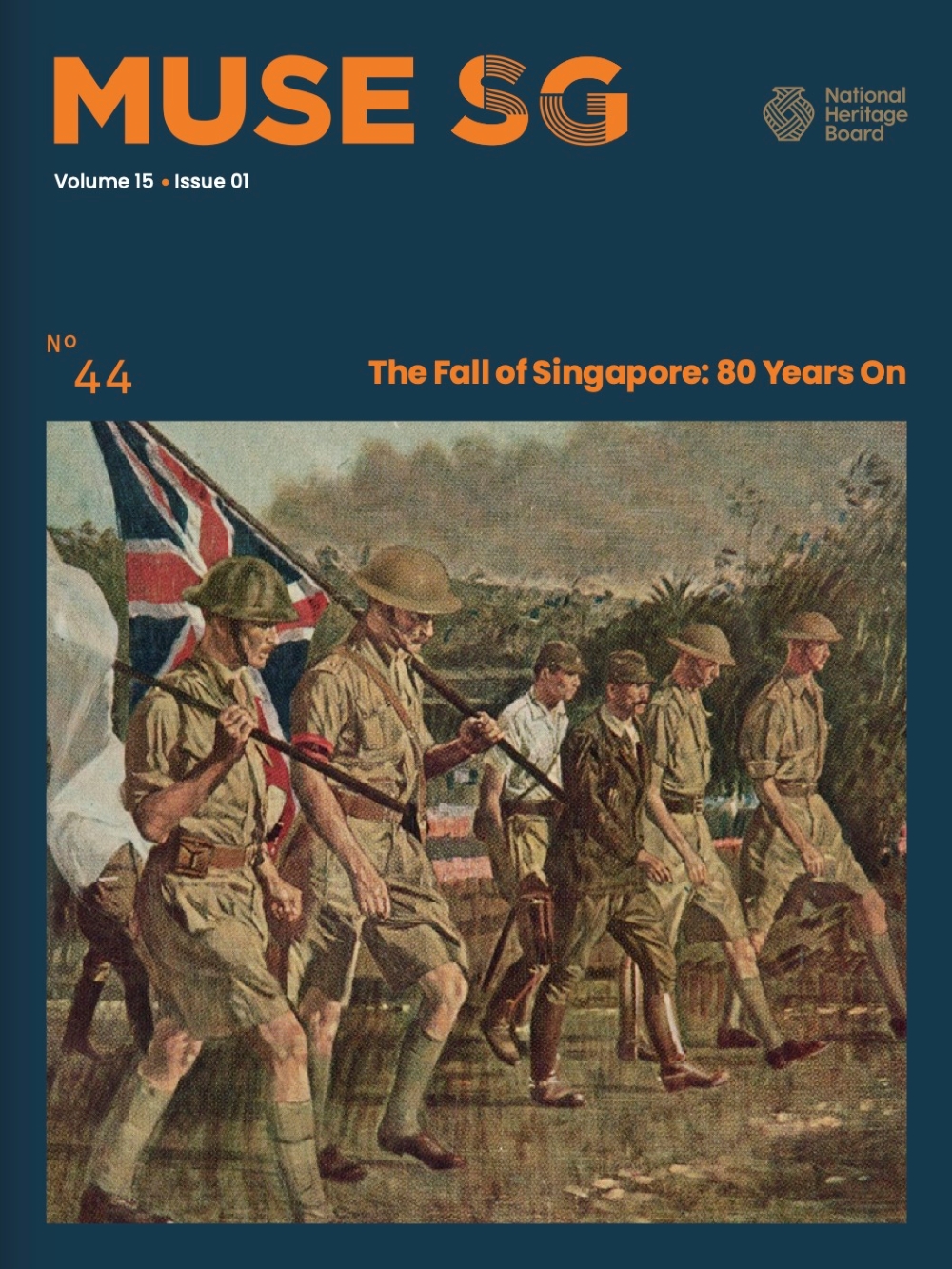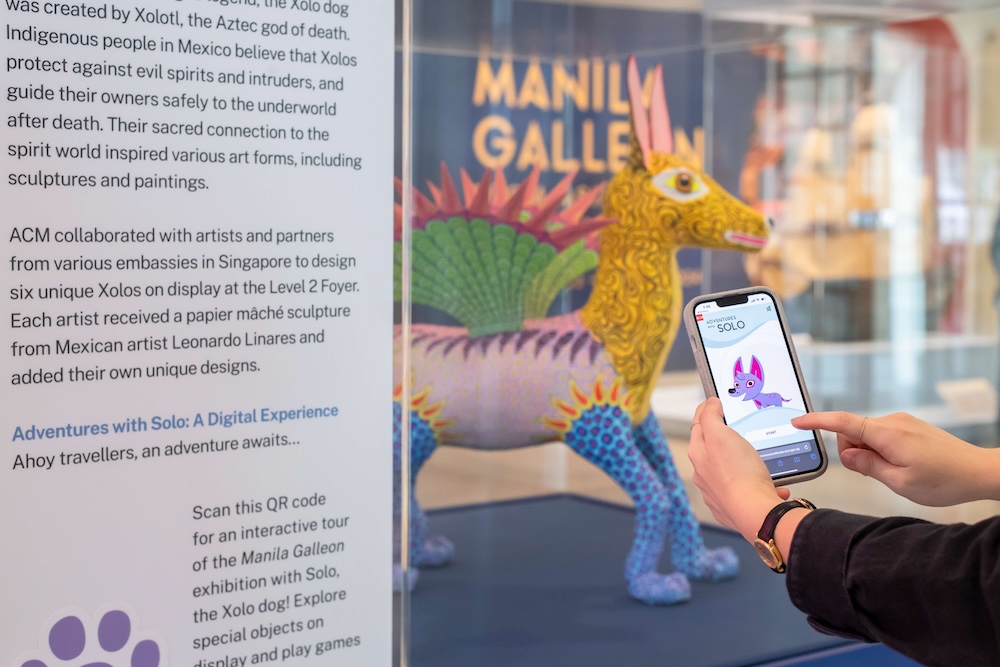Priscilla Chua Curator (Exhibitions, Research & Publications), National Museum of Singapore
MuseSG Volume 10 Issue 2 - 2017
In commemoration of the 75th anniversary of the fall of Singapore in 2017, the National Museum of Singapore launched an international exhibition Witness to War: Remembering 1942 in September 2017. The exhibition sought to explore the fall of Singapore within a larger geopolitical context, and to complement the existing World War II narrative at the National Museum which focused primarily on the Battle of Singapore and the Japanese Occupation. It also provided a platform for a micro-history version of the war to be told through the personal stories of war survivors and veterans.

It was the first time that the National Museum had led an international, blockbuster exhibition that saw the museum collaborating with 10 overseas museums and institutions such as the Australian War Memorial, the National Museum of Australia and the Museum of New Zealand Te Papa Tongarewa. Witness to War featured more than 130 artefacts, including objects from the National Collection and artefacts on loan from individuals as well as overseas museum partners.
Many of these artefacts, which hadnever been displayed in Southeast Asia before, revealeda shared history with our neighbours in the wider region. The exhibition opened with a film montage that introduced visitors to the world from the 1910s to the late 1930s, before the war began. Through footage extracted from popular films of the 20th century, visitors emerged from the time tunnel with a better understanding of the regional and international context in which World War II broke out.

Metal & Cotton
Collection of the National Museum of Singapore
Visitors then entered the first zone of the exhibition, which showcased the defence preparations that the British had put in place for Singapore as war clouds gathered over the region during the late 1930s. The zone provided a glimpse into the Chinese and Japanese communities in Singapore at that time, as well as the troops who had arrived from Australia and New Zealand to reinforce the defences of Singapore.
Having understood the context behind the outbreak of hostilities, the second zone began with a dramatic display of one of the star artefacts of this exhibition – the 25-pounder field gun, which was the standard field artillery weapon used by both the British and Australian troops against the Japanese Army in Malaya and Singapore during World War II. Surrounded by sandbags specially made for the display, the gun was set against the graphical backdrop of troops in battle. The theatrical setting wasmade complete with a two-and-a-half minute light and sound installation that started off with the popular World War II song “ The White Cliffs of Dover”, before the emotive sounds of battle began.
Within this zone, visitors also found a visual narrative of the Japanese conquest of Southeast Asia following the bombing of Pearl Harbor in December 1941, as well as an explanation of the international significance of the fall of Singapore on 15 February, 1942. A four-metre wide map tableout the military campaigns in Southeast Asia, while other displays depicted the British surrender to the Japanese Army and the reverberations that were felt across the region, all the way to Australia and New Zealand. Also on display were personal items belonging to soldiers, which provided yet another perspective to the battles that were fought.

Oil on canvas
Collection of the National Museum of Singapore
Painting by Xu Beihong
It was at this halfway point of Witness to War that the visitor’s attention was turned towards war survivors and veterans whose personal stories were told within the intimate setting of four story pods. Titled Destruction, Displacement, Love & Loss, and Fortitude, each pod contained an anchor story that was brought to life by a large-screen animation – three of these anchor stories were narrated by the war survivors themselves. On display were 11 stories that were rarely seen or heard, providing diverse accounts of the fall of Singapore, and the impact it had on the lives of these people in the weeks following the war. Different treatments and illustration styles offered varied experiences across the different pods.
As part of the National Museum’s efforts to reach out to more students, the Student Archivist Project was also developed, allowing secondary and tertiary level students to be involved in the exhibition-making process. As part of the project, students went out to interview war survivors and came back with a total of 47 submissions, six of which were selected for the exhibition. One was included as part of the main exhibition story pod, while the other five stories were presented in two video booths in the third and final zone of the exhibition.

Having had to leave his family behind upon his evacuation from Singapore on 11 February, 1942, he wrote about his worry for the dear ones he sorely missed, February- April 1942
Paper and ink
On loan from Dr Lim Whye Geok

Silk
On loan from the Australian War Memorial
This last zone of the exhibition was a space dedicated to reflection and contemplation. There, visitors got to pen their thoughts after experiencing Witness to War. They werealso invited to write to the war survivors and veterans – whose stories they had just experienced – on the letter postcards provided. Those were then handed over to the survivors and their families to keep the inter-generational dialogue going.
Seventy-five years may have passed since the fall of Singapore at the time of the exhibition, but we have not forgotten the ordeal that the war survivors and veterans have gone through. It was hoped that through these different accounts of war – found within the artefacts and stories – we will not forget this watershed event in our history.





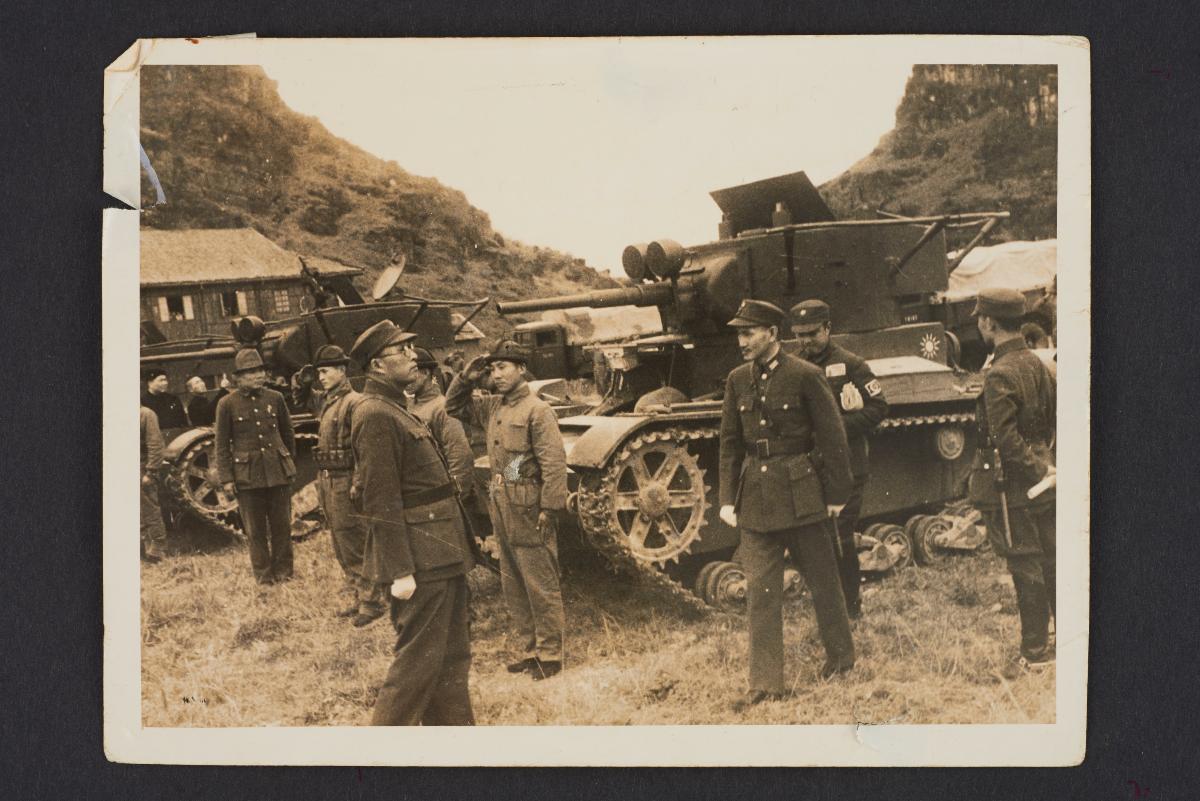
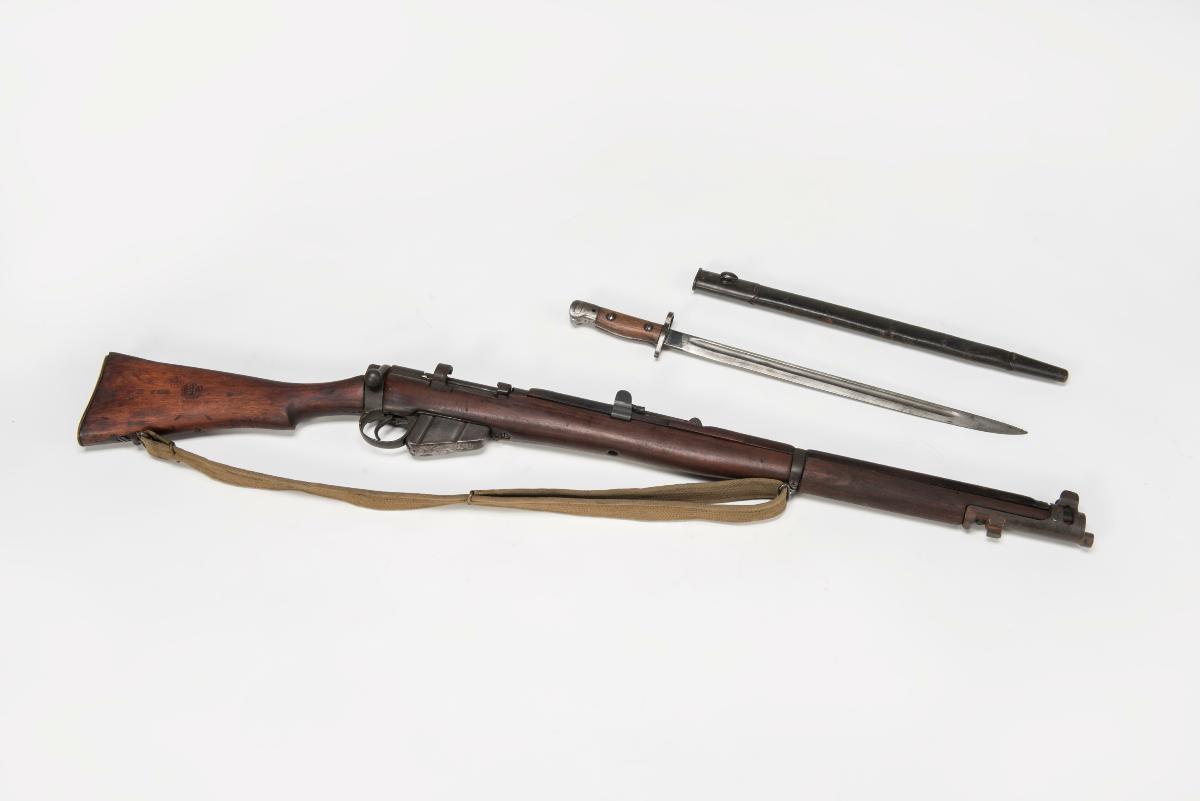
.ashx)
